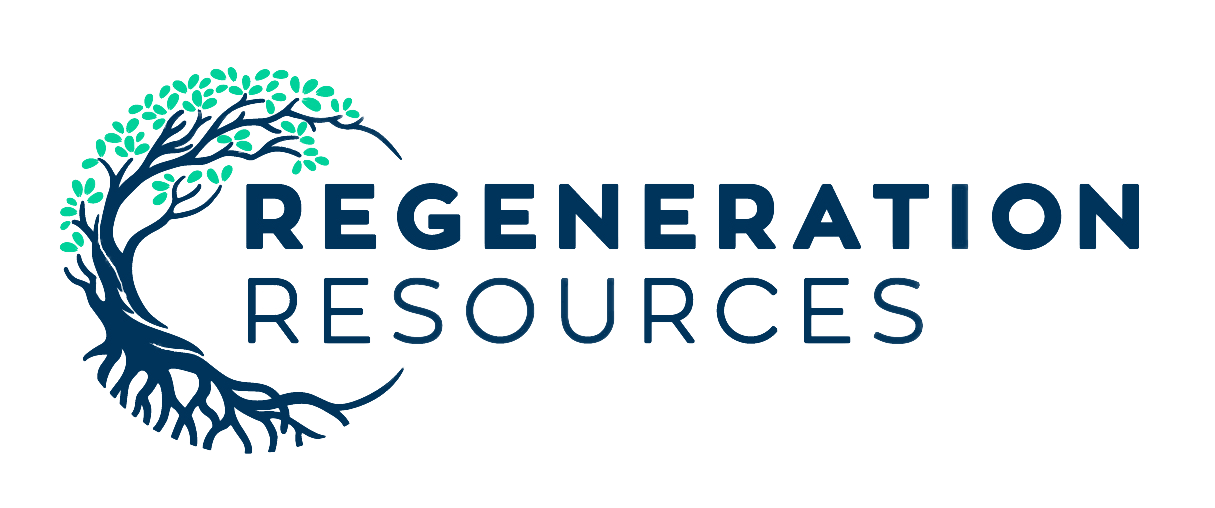The Art of Leadership: Balancing Advocacy with Inquiry
Executive Coaching Tips for Leaders

Good leadership is about, in part, knowing how to balance advocacy and inquiry. People move into leadership due to being good problem solvers. We reward people for knowing the answer. Yet the further up in leadership that people go, the more complex the issues and the less likely that one perspective alone will suffice. Too much advocacy shuts down communication. And no one likes a “know-it-all.”
In my Executive Coaching work, I have found many leaders can advocate, but inquiry is the harder skill for leaders to master. And without curiosity and good listening skills, it is hard for leaders to succeed. So here are two skills I teach leaders and some examples of each.
1. When advocating, soften the delivery by making your thinking clear and inviting feedback. Some examples of this might be:
a. “Here’s what I think, and here’s how I got there.”
b. “I assumed that…”
c. “I came to this conclusion because…”
d. “Do you see any flaws in my reasoning?”
2. Spend less time advocating and more time asking questions. Some examples might be:
a. “Do you see it differently?”
b. “What leads you to conclude that?”
c. “Can you help me understand your thinking here?”
d. “Am I correct that you are saying…”
e. “What are some of the facts that inform your thinking?”
Every few months I produce a free newsletter. No Spam. Unsubscribe anytime.
For a taste, view the archives
SUBSCRIBE
Blogs and vlogs are sorted by topic at the bottom of each service page
STRATEGIC PLANNING
CHANGE MANAGEMENT
CONFLICT MANAGEMENT
TEAM BUILDING
ASSESSMENTS
EXECUTIVE COACHING
IMPROVING EFFICIENCY
BOARD DEVELOPMENT




